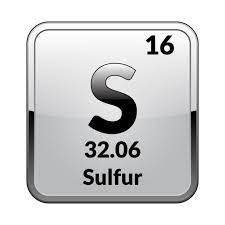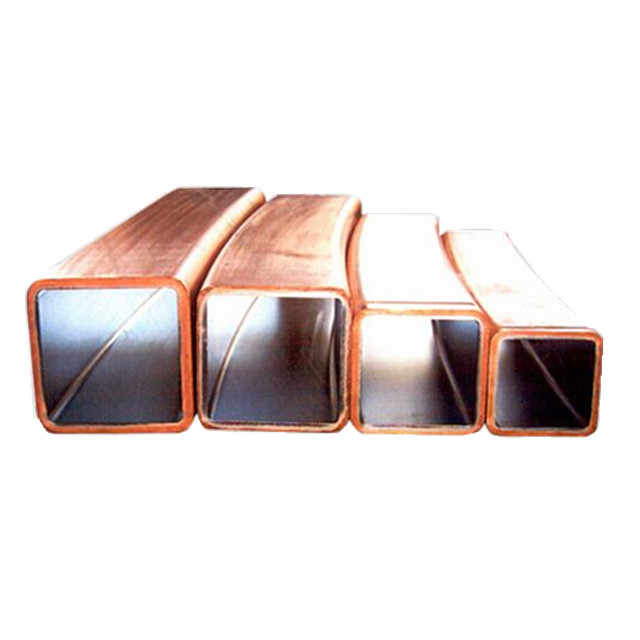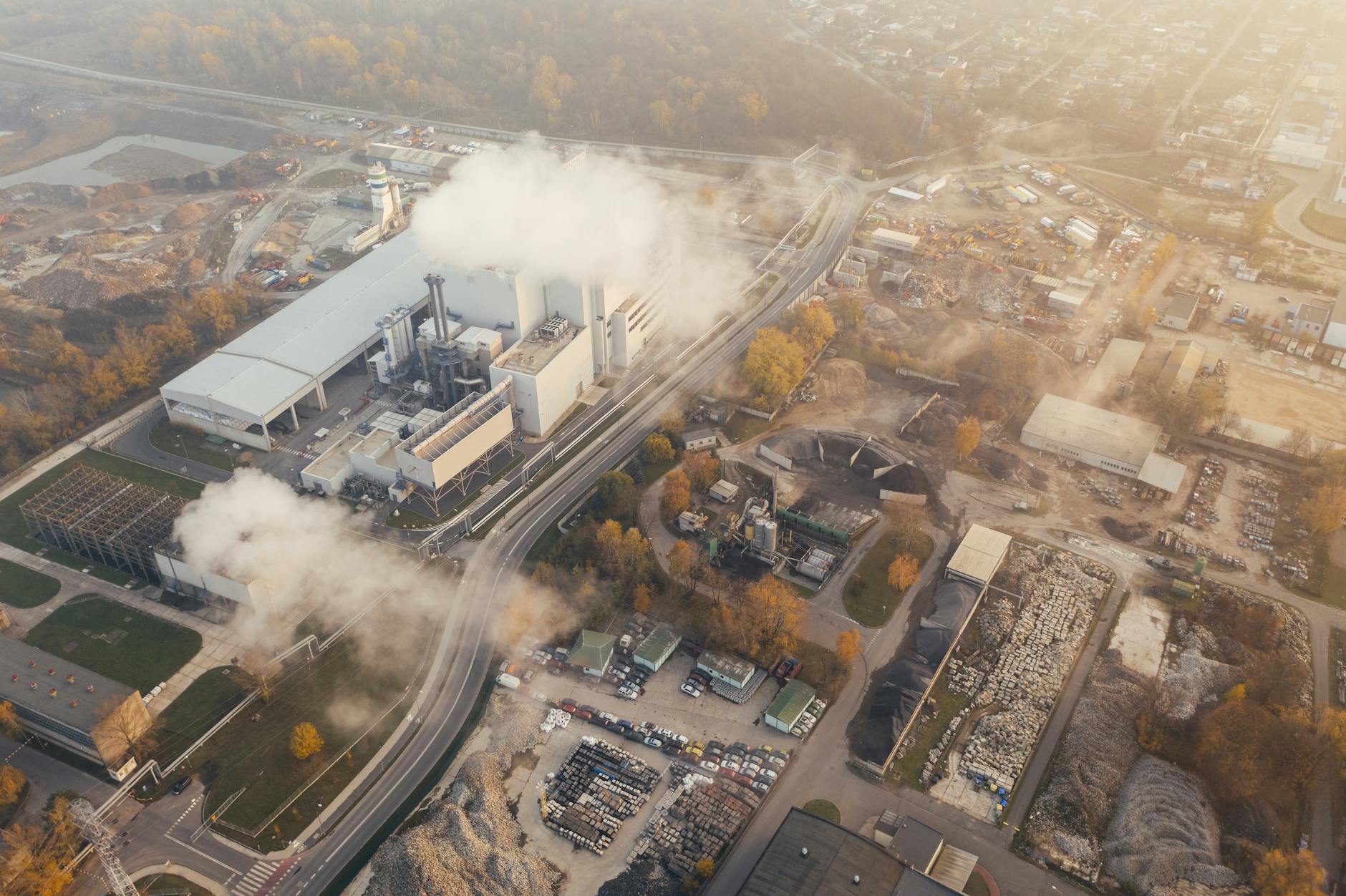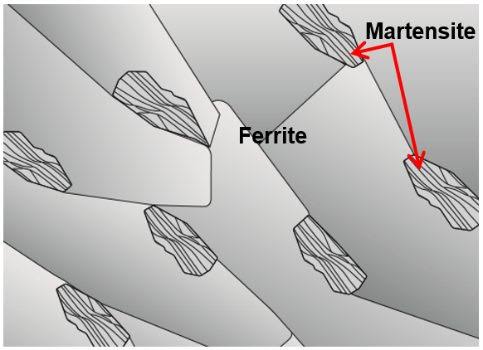
Effect of Sulphur in Steel…
Have you ever wondered how steel is made? The process of steelmaking involves several intricate steps, each playing a crucial role in the final product. One such element that significantly impacts the properties of steel is sulphur. In this article, we will explore how sulphur reacts during the steelmaking process and its effects on steel properties. So, let’s delve into the world of steelmaking and sulphur!
The Introduction to Sulphur in Steelmaking
Sulphur is a naturally occurring element that is present in varying amounts in different types of ores used in steelmaking. When it comes to its effect on steel, sulphur is often considered an undesirable impurity. The presence of sulphur, even in small quantities, can have a significant impact on the mechanical properties and overall quality of steel.
The Reactions of Sulphur in Steelmaking
During the steelmaking process, sulphur tends to react with other elements present in the raw materials. Several reactions take place, each playing a crucial role in determining the final sulphur content in the steel. Let’s take a closer look at these reactions:
Reaction 1: Sulphur and Oxygen
One of the primary reactions involving sulphur in steelmaking is the interaction between sulphur and oxygen. During the combustion of impurities, such as sulphur, in the presence of oxygen, the sulphur undergoes oxidation. This process forms sulfur dioxide (SO2) gas, which can be removed from the steelmaking process through various means.
Reaction 2: Sulphur and Iron
Another crucial reaction involving sulphur occurs when it reacts with iron. The reaction between sulphur and iron forms iron sulfides, particularly iron disulfide (FeS2) or pyrite. These iron sulfides tend to segregate within the steel, leading to the formation of inclusions and weakening the material’s overall mechanical properties.
The Effects of Sulphur on Steel Properties
Now that we understand how sulphur reacts during the steelmaking process, let’s explore the effects it has on the properties of steel. The presence of sulphur in steel can lead to several undesirable consequences. Some of the significant effects include:
Effect 1: Brittleness
Sulphur has a significant impact on the toughness and ductility of steel. Even in small concentrations, sulphur can increase the brittleness of steel. This increased brittleness makes the steel more prone to fractures and reduces its ability to withstand external forces, compromising its overall integrity.
Effect 2: Hot Shortness
Another consequence of sulphur in steel is the phenomenon known as hot shortness. Hot shortness refers to the tendency of steel to crack or split when subjected to high temperatures during the manufacturing process. Sulphur reacts with the iron in steel to form low-melting iron sulfides. These sulfides, when exposed to elevated temperatures, lead to the formation of cracks, rendering the steel unusable for certain applications.
Effect 3: Machinability
On the flip side, sulphur can also have a positive effect on steel properties in certain situations. In free-cutting steels, the addition of small amounts of sulphur can enhance machinability. The presence of sulphur in these steels promotes the formation of small, brittle chips during machining, leading to improved surface finish and reduced tool wear.
Conclusion
In conclusion, sulphur plays a crucial role in the steelmaking process and has a significant impact on the properties of steel. While sulphur can enhance machinability in certain cases, its overall effects on steel are generally undesirable. The presence of sulphur can lead to brittleness, hot shortness, and other undesirable consequences, compromising the quality and integrity of the final product. As steelmakers continue to develop advanced techniques and technologies to minimize these effects, understanding the reactions of sulphur in steelmaking remains essential.
So next time you come across a steel product, you can appreciate the complexity and care that goes into its creation, avoiding the harsh consequences of excessive sulphur content.
Ways to minimize the Sulphur content during steel making
Minimizing the effects of sulphur during the steelmaking process is crucial for producing high-quality steel with desirable properties. Various techniques and processes are employed to achieve this goal.
Desulphurization
Desulphurization is a common practice in steelmaking that aims to reduce the sulphur content in the molten metal. There are several methods used for desulphurization, including: Lime-Based Fluxes: Lime or limestone-based fluxes are added to the molten metal to react with sulphur and form a slag. The slag then floats on top of the metal and can be removed, effectively reducing the sulphur content.
Magnesium Treatment:
Magnesium is often used as a desulphurizing agent. It reacts with sulphur to form magnesium sulphide, which has a higher affinity for the slag phase. This allows for the removal of sulphur from the steel.
Refining Processing
addition to desulphurization, refining processes like ladle metallurgy can be employed to further reduce sulphur levels. In ladle metallurgy, the molten steel is transferred to a ladle where it undergoes additional refining steps. These steps include the use of fluxes and stirring mechanisms to remove impurities such as sulphur.
Selecting raw materials with low sulphur content is another effective way to reduce the effects of sulphur during the steelmaking process. Careful sourcing and quality control measures can help minimize the introduction of sulphur into the steelmaking furnace.




